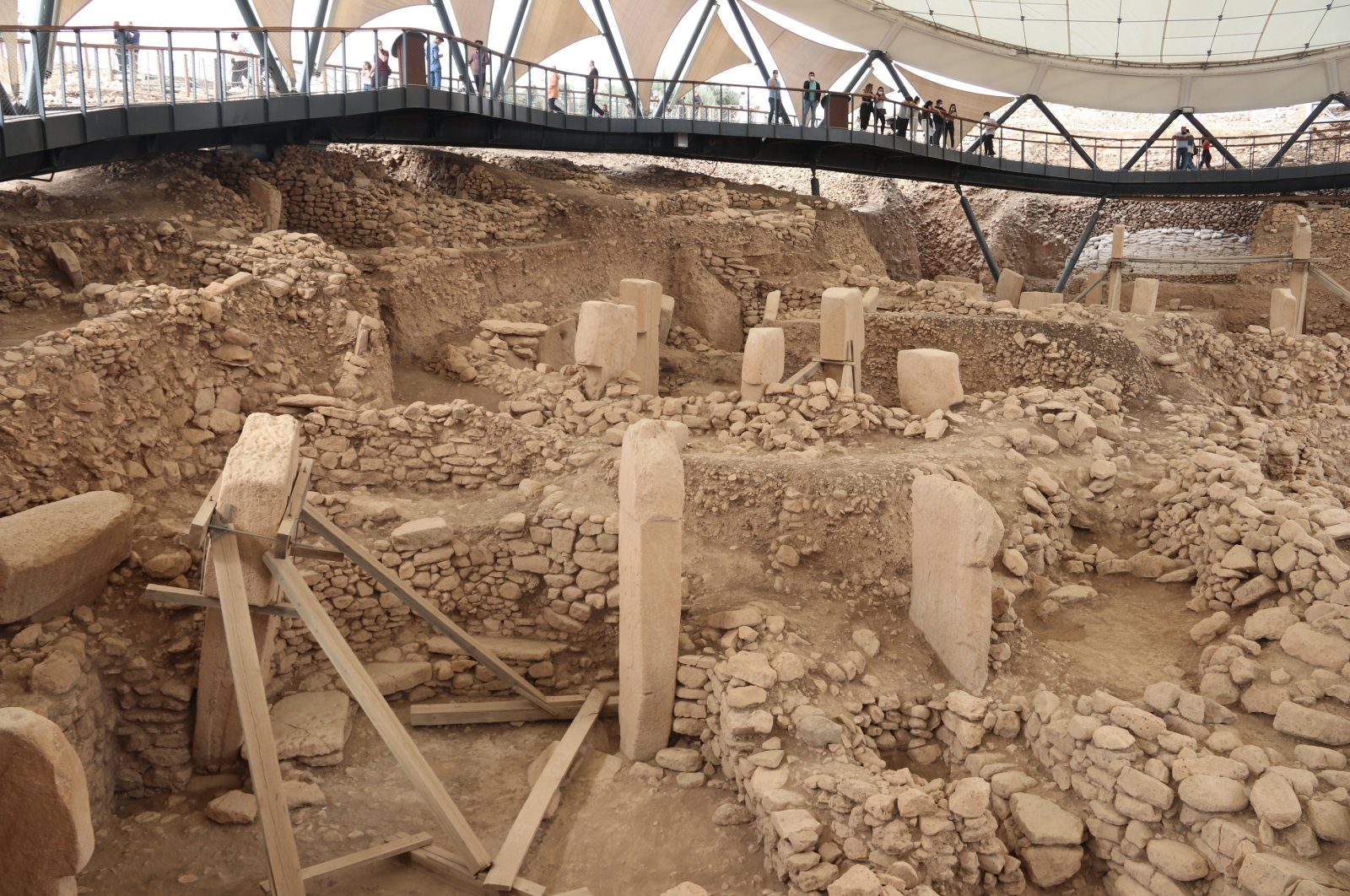
Göbeklitepe, an archaeological site in southeastern Turkey, has been shrouded in mystery and awe since its discovery. Literally translating to "Potbelly Hill," this ancient complex defies conventional understanding of early human societies and religion, serving as a perplexing puzzle for historians, archaeologists, and curious minds alike.
The Discovery
Unearthed in 1963 during a survey by the University of Chicago and Istanbul University, Göbeklitepe remained largely overlooked until German archaeologist Klaus Schmidt took interest in the 1990s. Under his leadership, the excavations revealed an array of megalithic structures that date back to around 9600 BCE, making them approximately 12,000 years old. This predates Stonehenge by about 6,000 years and the Egyptian pyramids by 7,000 years, making it one of the oldest known religious temples in the world.
A Glance at the Architecture
The most striking features of Göbeklitepe are its T-shaped limestone pillars, some of which stand up to 6 meters high and weigh up to 20 tons. Astonishingly, these monumental structures were carved and erected without the help of metal tools or wheels. Organized in circular patterns, these pillars form enclosures around two taller, central pillars. The architectural complexity suggests a level of social organization and labor division previously not associated with societies of this era.
Equally captivating is the artistry. The pillars are adorned with intricate carvings of animals, such as foxes, lions, scorpions, and birds, as well as abstract symbols. The vividness of these carvings not only highlights the skill of the craftsmen but also hints at a rich cosmology and belief system that we can only guess at.
Challenging Traditional Narratives
One of the most significant aspects of Göbeklitepe is how it challenges the conventional narrative of human history. It was long believed that complex societies and religions emerged only after the advent of agriculture, when humans transitioned from hunter-gatherer lifestyles to settled communities. However, the dating of Göbeklitepe raises questions about this linear understanding of human advancement.
Radiocarbon dating confirms that Göbeklitepe was built during the Epipaleolithic era, a time when humans were primarily hunter-gatherers. Could it be that religion and the urge for communal gathering acted as a catalyst for humans to settle down and build complex societies? Göbeklitepe raises these essential questions and urges historians to reconsider the driving forces behind human civilization.
Ongoing Mysteries
Despite extensive research, the site still guards many secrets. One major mystery is its sudden abandonment. Around 8000 BCE, the site was intentionally buried using loose soil and stone, hiding it from the world until its rediscovery millennia later. Why was such an important and labor-intensive site suddenly abandoned? Theories range from social upheaval to changes in the climate, but concrete answers remain elusive.
Cultural Impact and UNESCO Recognition
Recognizing its immense historical and cultural importance, UNESCO added Göbeklitepe to its World Heritage List in 2018. This has catapulted the site into global prominence, attracting tourists and researchers from around the world. Its significance has not only spurred interest in Turkey’s rich history but has also become a touchstone for discussions about the origins of human civilization itself.
Conclusion
Göbeklitepe is more than just an ancient site; it’s a window into the enigmatic prehistory of humankind. It challenges existing theories about the origin of complex societies and religion, posing questions that intrigue archaeologists, historians, and the general public alike. As excavations continue, each layer unearthed promises new insights into this ancient marvel and, by extension, into the mysteries of human history. In a world increasingly obsessed with the future, Göbeklitepe serves as a profound reminder of the depths of our past.
